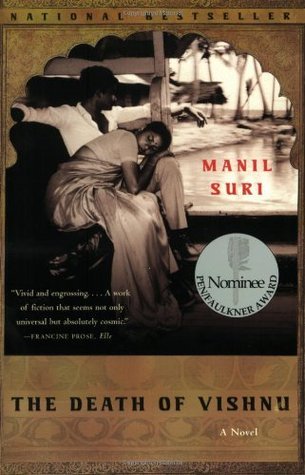What do you think?
Rate this book


301 pages, Paperback
First published December 1, 1998

‘Every leaf has its story’ was his favourite saying and Arifa had been a leaf that had fallen his way. How touched he had been by her plainness, her lack of story…. Wasn’t she too, worthy of a story – didn’t she, too, deserve to have someone write one for her? Why not undertake the task himself?... Didn’t he pride himself on being unswayed by wealth and position? This was his chance to prove it, prove it once and for all, by marrying this plain person.
Mrs. Jalal stared at the faces of the people assembled. They were the same faces she had seen for years, yet they seemed so different now. The eyes, especially – all those years she had looked into them and seen only good-naturedness. Where had this brazenness come from, when had they filled with such contempt? Had it always been there, hiding behind all those greetings of ‘Namaste Memsahib,’ watching, growing, until an excuse like this presented itself?
Mrs. Pathak looked at Mrs. Jaiswal displaying the gold-and-blue silk border of her sari to the women around and scratched her palm distractedly. She would never be as rich and powerful (or even as coordinated) as Mrs. Jaiswal, she could never become her, so what was the use?



How many of these would you like? Padmini asks while holding up the cloth doll. She waves it in his face. For a moment Vishnu thinks that here they are, the two of them, or maybe a family of three. Back in Bombay, they are a real couple & real lives await them. Not rich ones, necessarily, just ordinary lives. A flat or only a room with a cupboard & a bed. A toilet that is probably shared, a kerosene stove like the one his mother had. An address & a ration card. A postman who brings them mail. A job to go to every morning and a woman to whom he is wed.The Death of Vishnu presents a fascinating glimpse of people who represent contrasting forces within a small apartment building, just a fly-speck of humanity within a teeming Indian city, all ably & very memorably captured by Manil Suri.
Then the absurdity of the situation strikes him. The preposterousness of the images, the foolishness of his feelings, the comicality of chasing currents that skim across Padmini's face. Padmini begins to laugh & from somewhere in the faraway trees, a koyal bird joins in with its mocking call & as the peals of their mirth get louder, Vishnu hears them sound through the valley, echo across the mountains & reverberate up into the sky.
"I am Vishnu striding among sun gods,
the radiant sun among lights….
I stand sustaining the entire world
with a fragment of my being.”
From Krishna’s discourse to Arjun, Chapter Ten
The Bhagavad-Gita
Translated by Barbara Stoler Miller
 The Death of Vishnu is not to be confused with that game of consequencies Yeats is Dead but black humour is a common factor.
The Death of Vishnu is not to be confused with that game of consequencies Yeats is Dead but black humour is a common factor.